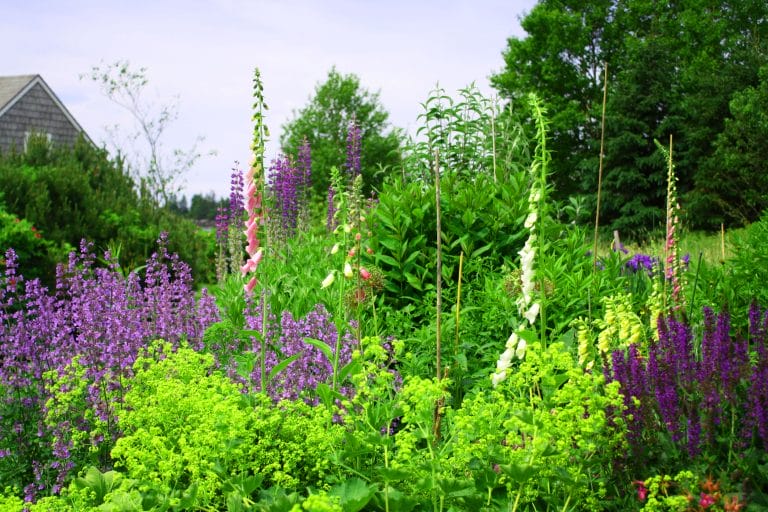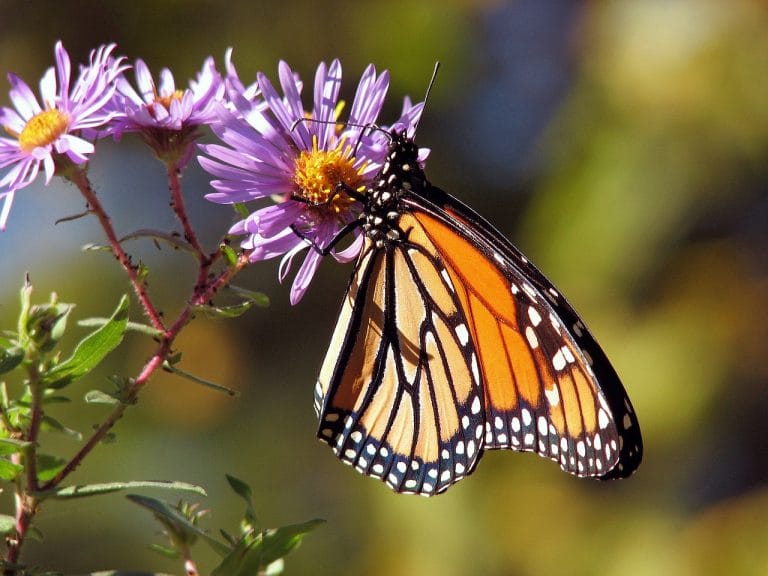
- Monday-Friday 7AM – 5PM | Saturday 7AM - 5PM | Sunday: 8AM - 4PM
Menu

Now that spring is here and plants are waking up from their wintertime slumber, you may be noticing the effects of winter’s cold and dryness on your evergreens (i.e. spruce, arborvitae, pine) or broadleaf evergreens (i.e. boxwood and rhododendron). Specifically, you may be noticing a brown coloration that can vary in size from a limb to the entire tree or shrub. While it may be jarring to see, this is not an immediate call for panic. This is an indication that your plant is suffering from a normal phenomena known as winter burn, and may be able to be salvaged with proper care.
Winter burn is the discoloration of needles due to winter conditions, commonly found on the southwest side or northeast side of an evergreen. This happens because evergreens are active all year round. Evergreens will lose water or transpire throughout winter. Burn occurs when water is lost faster than the plant can replenish it.
Evergreens also need stable temperatures in the winter to ensure health through the season. Additionally, if evergreen trees or shrubs were stressed (new transplants, drought, etc.) going into winter, burn would be more likely to happen.
Last winter, from November through February, we experienced temperatures roughly 7 degrees above average each month. This increase in air temperatures means that there was more opportunity for evergreens to lose water, while the ground below may have still been frozen. This results in water evaporating from evergreen leaves, while not being able to draw in replacement water from the ground, drying out the plant.
So what happens now? If you notice winter burn on any of your evergreens, all hope is not lost. More than likely, with proper care and guidance, evergreens will recover. Severe browning may cause needles to shed, but this doesn’t mean that the plant is dead. If buds are active on the plant, coverage will regenerate. It may look rough for some time, but it will survive. Do not sheer evergreens prior to June, to ensure that buds have the opportunity to regenerate. If no growth has occurred by June, then the plant is likely to not survive.
Winter burn can be prevented with proper care during fall, going into the winter season. Water new evergreens for their first and second year of planting until the ground is frozen (into January if possible). Do not fertilize in the late summer or fall. For older trees (3 years or older), ensure that the root zone is saturated prior to ground freeze. To ensure evergreens have the best shot at establishing themselves before winter, plant during spring through September. Avoid planting evergreens after October.
Additionally, soft needle plants (white pine, fir, hemlock, etc.), should be wrapped in burlap through the winter. Wrapping in burlap is a simple process that is self explanatory in name. To protect soft needle plants, take a stretch of burlap sheet and wrap it around the perimeter of the evergreen. This wrap should cover the body of the plant, leaving an opening at the top and bottom for light and airflow. This should be done just as freezing temperatures and Windchill sets in.
Winter burn is unsightly and as such can cause a homeowner to panic, thinking that an investment in a landscape is lost. While it is possible for an evergreen to not be salvaged after winter burn, with proper care and prevention, evergreens should either make it through the winter or be able to bounce back after some time. Watch your plants throughout the year and notice the changes that take place. If you see browning begin when you can still water, it may be worth giving your plants a last soak before ground freeze. Nature is resilient, and as such your evergreens should be able to be enjoyed for years to come.

In an era where sustainability is more than a buzzword, Whispering Hills Garden Center

June is National Pollinator Month, a perfect time to celebrate the essential role pollinators

As the weather warms up, spending time outdoors becomes more appealing. However, with the
**IMPORTANT** Non e-commerce prices listed on various pages of this site, may not reflect the most up-to-date prices. Call to verify prices before coming in.